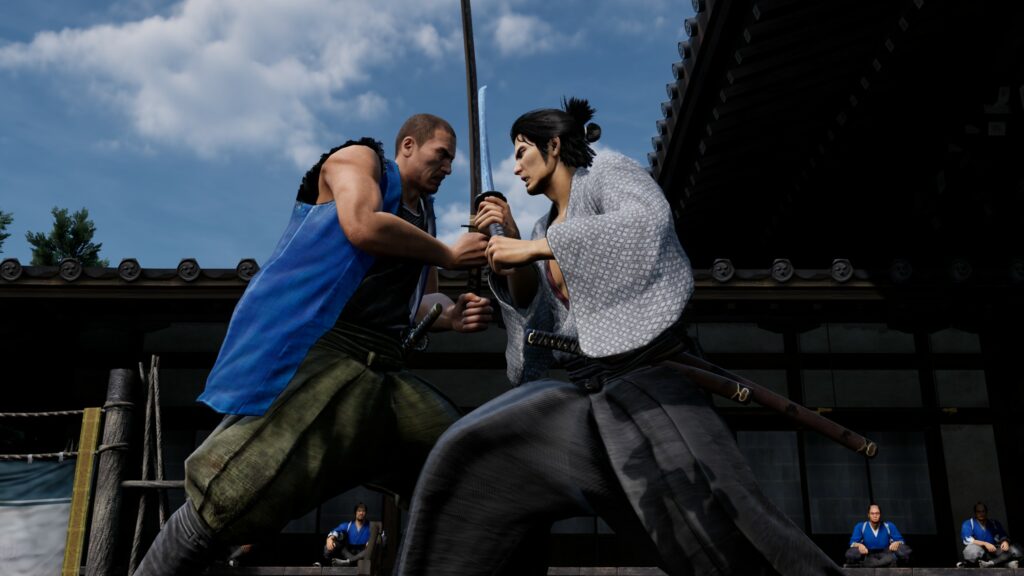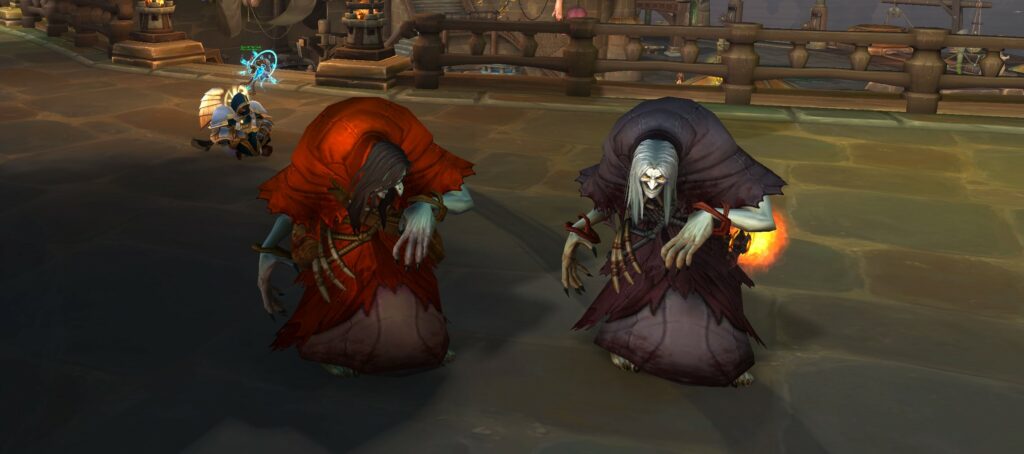The latest addition to the Yakuza franchise released at the end of February this year in the form of a remake for Yakuza: Ishin; originally published in 2014, but never localized for western gamers. With its new title, remade graphics, and translation, Like a Dragon: Ishin is a game that long-time fans have been wanting for years. Its release date is fortuitous in that it serves a purpose of tiding over the fanbase while we wait for major Yakuza entries to arrive – such as Like a Dragon Gaiden: The Man Who Erased His Name, which will also arrive sometime this year. The sequel to Yakuza: Like a Dragon, Like a Dragon 8, is still far out with a 2024 release date and I welcome any new Yakuza content in the meantime.

The Story
Ishin’s setting and story takes place during 1860s Japan – a time of great political conflict for the country – and as such is very different from any other Yakuza entry in the series. Also unlike the other games, Ishin is inspired and based on real events and accounts of the time period, which follow Sakamoto Ryoma on his journey to change Japan’s government system for the better. As with any historical details certain aspects of the true story have been lost to time, but Sakamoto was in fact an influential figure of the time.
While Ishin is very different from usual Yakuza titles, being based on Japanese history and set during the 1860s, it’s been fascinating to play through as an American gamer with very little previous knowledge of Japanese history. I had often considered the era of samurai in Japan to be an interesting and exciting time, but I knew little of the actual problems that plagued the era.

I haven’t yet finished the game, but the main conflict is between the two seats of power that ruled Japan at the time: its military government known as the Bakufu or Shogunate, and the Emperor of Kyo. Once Great Britain sailed its ships to Japan, Japan was faced with unfamiliar people with an unfamiliar culture and strange technology. From my understanding so far, it seems that when this occurred and the people relied on the Bakufu to protect them, they realized they weren’t as powerful as they once thought. This caused a political divide and gave rise to a group of loyalists; those who were loyal to the Emperor of Kyo over the Bakufu and wished to restore him to power. The Bakufu retaliated by strengthening its grip on Japan and seemed to serve as secret police for the country. Thus the events of the game are set in motion, and one Sakamoto Ryoma becomes an influential samurai in the pursuit of restoring Japan to a more stable system.
The Combat
I was pleasantly surprised to discover that Ishin lets the player choose between four different fighting styles similar to Yakuza 0 and Kiwami. Since Ishin is set during samurai times, players can choose to study the blade or alternatively use Kiryu’s (Sakamoto) classic brawler style to dish out knuckle sandwiches. And since new technology was being discovered at the time, one of those being firearms, players can forget swords altogether and begin a life of the marksman. So far I tend to switch between the classic swordsman style or a mix of blade and gun, called Wild Dancer, which is a faster fighting style suited for larger groups of enemies.

Ishin does a great job at showing different styles of swordplay, and during cutscenes involving combat my eye is always drawn to the movement of the katana in a way that it almost seems like a dance. There are several different katanas to collect throughout the main story be defeating bosses and crafting your own sword with materials. Each katana has a different design and have unique abilities that can be customized. It seems like quite a grind in order to find materials for some of the best weapons in the game, and while it looks like an in-depth system, I’ve been more focused on seeing the story through.
The Minigames
Returning again in this spin-off are several minigames to choose from! I haven’t tried out all of them yet, but the ones I have tried have been fun so far and on brand with the rest of Yakuza’s wacky side content. Besides the karaoke and dancing minigames, I’ve been most curious about chicken racing. I’m eight chapters into the main story and haven’t encountered it yet; once I try it out I may need to make a second Ishin post since chicken racing sounds almost too good to be true.

While karaoke is a standard minigame and Ishin is no exception, the dancing minigame is new and different than how disco works in Yakuza 0. In Ishin’s dancing, Sakamoto visits a dance school after being scouted on the street after the owner noticed his “elegant” technique when fighting off bandits. He rolls with it and follows the strange lady back to her school and begins his journey in dance. There are three songs that I’ve unlocked so far, each with their own difficulty levels, and each song poses a different rhythm-based challenge. Seeing the manly and mostly-serious Sakamoto try his best on stage is entertaining every time, and the songs are pretty catchy.

Surprisingly enough, another of my favorites so far has been chopping wood. Yes, in Ishin wood chopping is a minigame and it’s pretty engaging. Sakamoto must swing his axe at the right time to successfully chop the wood and get paid. So far I’ve only noticed that this minigame was available at the start of the game, but I hope to find it again.
The Gameplay
Now, gameplay is the only area where this game is lacking for me personally. Ishin was built with Unreal Engine instead of RGG Studio’s in-house Dragon Engine, and the switch was noticeable and jarring for me personally. The last Yakuza game I played was another spin-off, Lost Judgement, which does a fantastic job of utilizing RGG’s own engine and it really suits the style of the games. Starting Ishin felt like a drop in quality compared to their other games, which is strange to say since Unreal Engine is generally fantastic and other than this detail Ishin is a good game. It seems that the style of the Yakuza games does not mesh well with Unreal, which makes sense since the Dragon Engine was tailored for Yakuza.
Other than that, there have been some bugs with NPCs walking into walls or getting stuck running in circles. The english translation is inconsistent; sometimes it seems like British English and other times American English, while main characters modeled after existing characters in the Yakuza universe speak with their respective accents. For example, the characters in Ishin using Majima and Ryuji Goda’s models keep their Osakan accents from the mainline Yakuza games.
Overall, I’m having a great time playing Ishin and learning about a tumultuous time in Japan’s history. Hacking and slashing with katanas is always entertaining, and I look forward to testing out a new blade on an unsuspecting group of ruffians. The minigames, while standard in all Yakuza games, are as entertaining as ever and I look forward to trying out more of them. Ishin is a great way to tide me over while waiting (impatiently) for the continuation of the main plot, and I’m excited to see how the rest of the story plays out and ultimately concludes.




The way you write is captivating; I couldn’t break reading once I started.